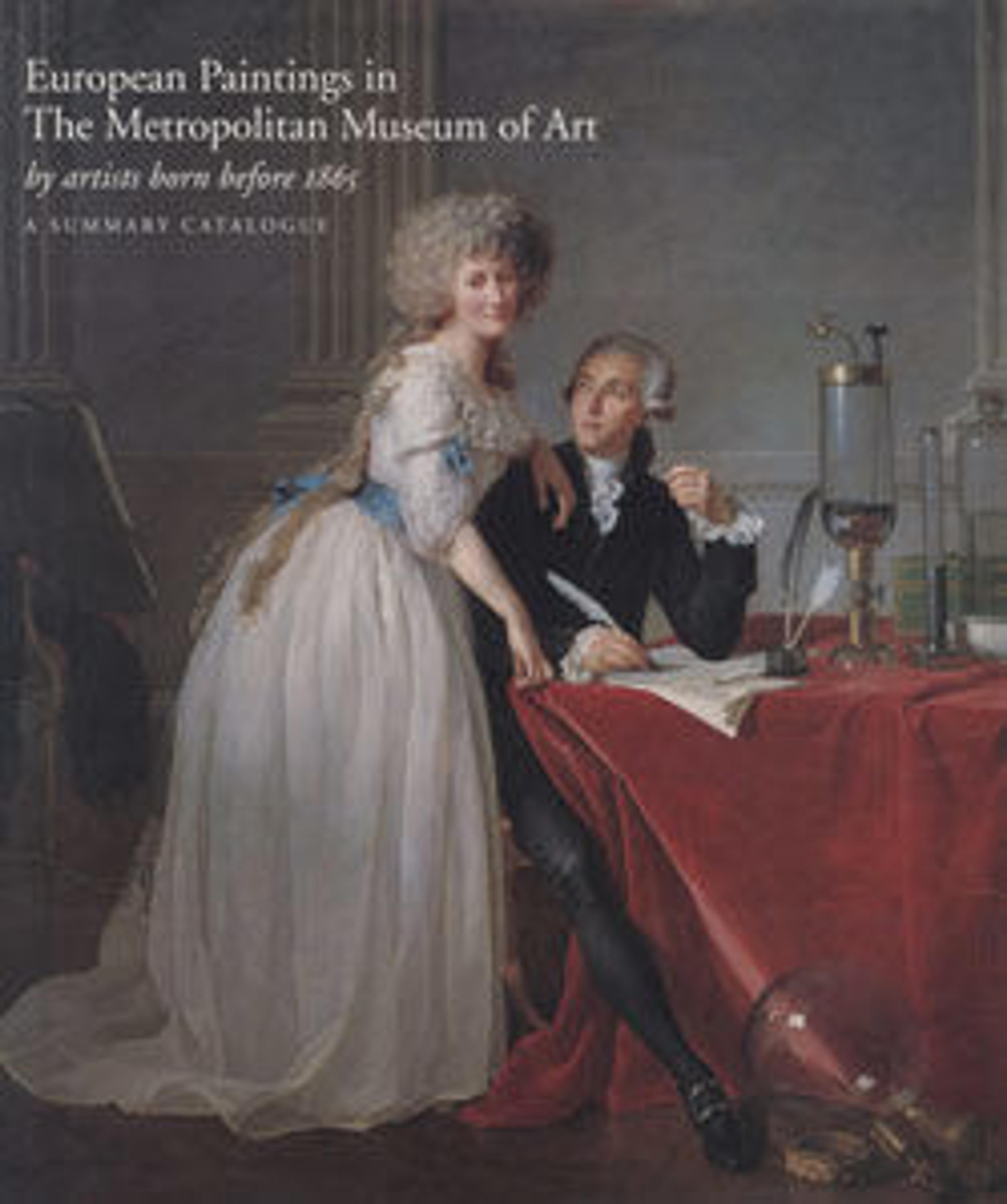Madonna and Child Enthroned
These three panels are from an altarpiece painted for a Dominican church in the Marchigian town of Ascoli Piceno. It is possible that the child was originally shown reaching for a flying bird, his frequent attribute. The cracked marble dais is a recurrent feature of Crivelli's work. On it are two pears, symbolic of the Fall of Man, and a fly, conceivably an emblem of Satan. Crivelli loved visual tricks, and the shadow cast by the fly gives a disturbingly realistic quality.
Saint George (fourth century) is shown in contemporary, fifteenth-century armor with the dragon he slew. For more information about these paintings, including a reconstruction of the altarpiece, visit metmuseum.org.
Saint George (fourth century) is shown in contemporary, fifteenth-century armor with the dragon he slew. For more information about these paintings, including a reconstruction of the altarpiece, visit metmuseum.org.
Artwork Details
- Title: Madonna and Child Enthroned
- Artist: Carlo Crivelli (Italian, Venice (?), active by 1457–died 1494/95 Ascoli Piceno)
- Date: 1472
- Medium: Tempera on wood, gold ground
- Dimensions: 38 3/4 x 17 1/4 in. (98.4 x 43.8 cm)
- Classification: Paintings
- Credit Line: The Jack and Belle Linsky Collection, 1982
- Object Number: 1982.60.5
- Curatorial Department: European Paintings
More Artwork
Research Resources
The Met provides unparalleled resources for research and welcomes an international community of students and scholars. The Met's Open Access API is where creators and researchers can connect to the The Met collection. Open Access data and public domain images are available for unrestricted commercial and noncommercial use without permission or fee.
To request images under copyright and other restrictions, please use this Image Request form.
Feedback
We continue to research and examine historical and cultural context for objects in The Met collection. If you have comments or questions about this object record, please contact us using the form below. The Museum looks forward to receiving your comments.
